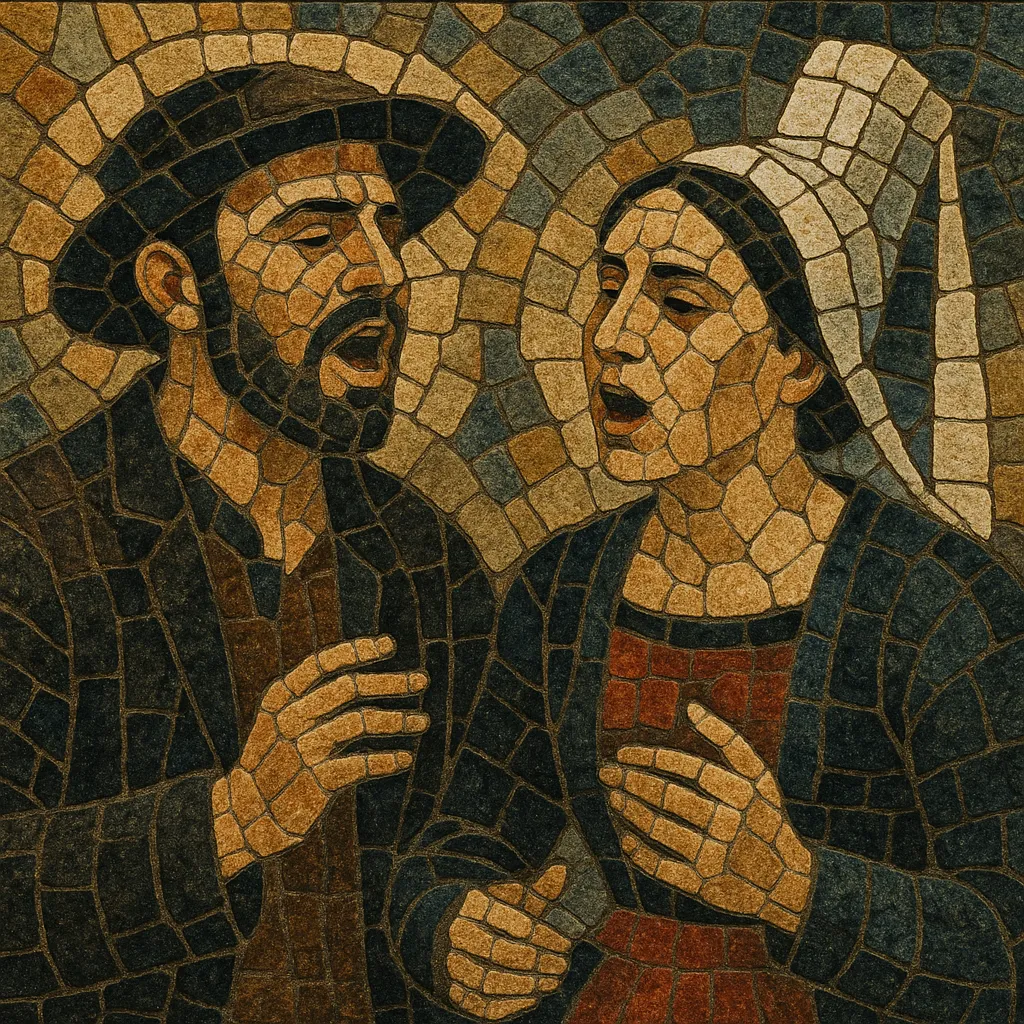
Kan ha diskan is a traditional Breton vocal music practice characterized by antiphonal, call-and-response singing between two vocalists to accompany social dancing. The first singer (kan) leads a melodic line, and the second (diskan) overlaps the line endings, creating a seamless, continuous flow that sustains the dancers’ momentum.
Typically performed a cappella in the Breton language during fest-noz (night dances), the style is strongly rhythmic and modal (often Dorian or Mixolydian), with ornamented, nasal timbres and tightly interlocked phrasing. It is closely linked to specific Breton dance forms such as the gavotte, an dro, hanter-dro, fisel, plinn, and laridé, and relies on energetic delivery, vocables, and subtle microtiming to drive collective movement.
Kan ha diskan emerged in Brittany (northwest France) as a functional, community-based singing practice for village dances. While its roots likely predate written documentation, 19th‑century accounts and early 20th‑century field observations describe pairs of singers using overlapping phrases to avoid silence, ensuring dancers could maintain steps without instrumental accompaniment.
The technique developed in tandem with regional round and chain dances (gavotte, an dro, hanter-dro, fisel, plinn, laridé). The lead singer (kaner) delivers a line; the responder (diskaner) overlaps the cadence with the next entrance, producing a continuous, pulsing texture. Modal melodies, ornaments, and robust projection evolved to suit crowded dance floors and outdoor gatherings.
After periods of decline due to urbanization and language shift, a revival gathered strength from the 1950s onward. Collectors and organizations like Dastum (founded 1972) recorded elder singers and repertories, while fest-noz culture re-energized social dance. Influential performers and duos brought kan ha diskan onto stages and recordings, connecting it to broader Celtic and folk revival currents.
In the late 20th and early 21st centuries, kan ha diskan thrived both in traditional settings and on concert stages, sometimes alongside instruments or subtle amplification. It has informed hybrid projects in folk-rock, Celtic rock, and world fusion. Fest-noz was inscribed on UNESCO’s Representative List of the Intangible Cultural Heritage of Humanity (2012), highlighting the living vitality of practices like kan ha diskan.

